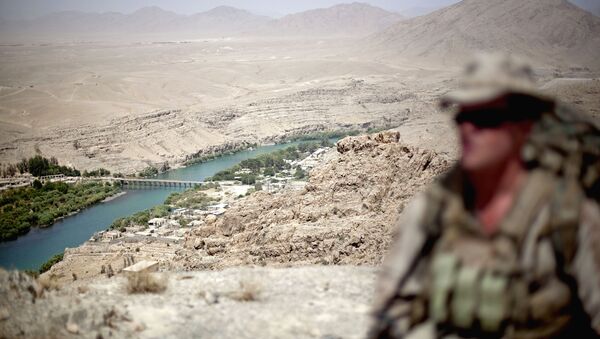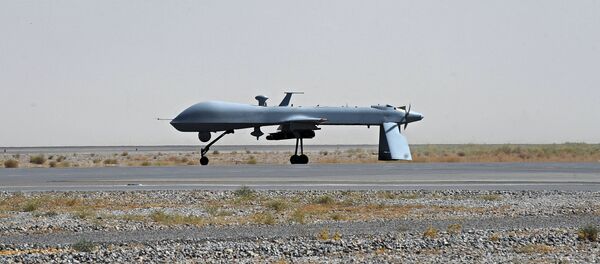Since 2008, the Kajaki Dam, an expensive plan to provide electricity to southern Afghanistan, has become a “monument for all that has gone wrong,” Megan McCloskey wrote for ProPublica.
The project began three years after the invasion, in 2004. USAID went in and restored two turbines that were neglected and nearly inoperable, which lead to the dam beginning to produce some power. The success of the operation, however, depending on the installation of a third turbine — one that was scheduled to be completed a decade ago.
Much of this failure is being blamed on the fact that the dam sits in Taliban country, making the efforts extremely dangerous, and that when the project began, the outlook for America’s involvement in the region looked more promising than it turned out to be.
In 2012, USAID finally admitted they were discussing ending the project, but instead gave a national Afghan utility $75 million and control of getting the turbine completed. USAID remained on the project in an advisory position.
Unfortunately, due to missing a time period in 2011 when US Marines had cleared the insurgent heavy area leading to the dam, they have been unable to deliver the 700 tons of concrete needed to finish the project.
“I would say that Kajaki Dam is a sign of the American people’s resilience and persistence of support of the Afghan population,” Larry Sampler, a senior USAID official who has worked on Afghanistan since 2002 told ProPublica.
An Army general who also spoke to the outlet explained that the inability to complete the project has had a “more demoralizing effect than corruption. What the Afghans don’t understand is how a country can land people on the moon but can’t get the power running.”




